
15311826613
Click to add WeChatCIL carbon leaching gold technology is a cyanidation technology widely used in the gold extraction process. The method is to dissolve the gold in the ore in a cyanide solution and use activated carbon to adsorb the dissolved gold at the same time, so as to achieve efficient recovery of gold. CIL carbon leaching gold combines the two steps of leaching and adsorption, and the two processes are carried out simultaneously by adding activated carbon to the slurry containing gold ore. Let's take a look at what aspects of the carbon leaching gold technology process are included.
The process of CIL carbon leaching gold mainly includes raw ore preparation, chip removal, pre-leaching concentration, leaching and adsorption, gold-loaded carbon desorption electrolysis, smelting ingots, carbon regeneration and other links.
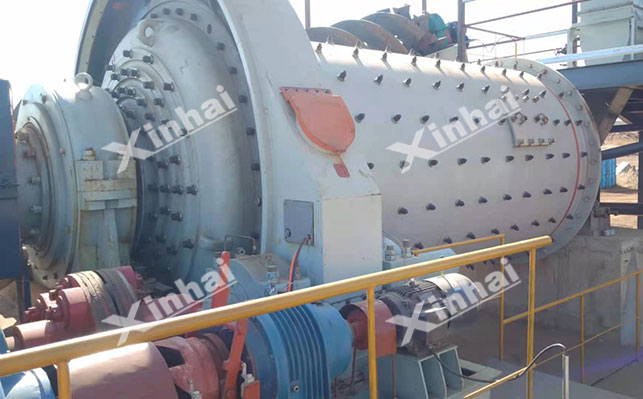
Pre-leaching preparation refers to the crushing and grinding of ore to increase the surface area of ore particles and improve the efficiency of subsequent cyanide leaching. The crushing stage usually uses jaw crushers, cone crushers and other equipment to gradually crush large pieces of gold ore into smaller particles. Then enter the grinding stage, generally use a ball mill, through the impact and grinding of the steel ball on the ore, so that the ore particle size is further refined. According to the mineral processing test report, the grinding fineness is determined. Generally, the material fineness is required to reach 85%-90% of -200 mesh, ensuring that the gold minerals are fully exposed, creating favorable conditions for subsequent cyanide leaching and adsorption.
Before gold leaching, it is very important to remove wood chips, grass roots and other debris in the slurry. These debris not only easily absorb gold in the slurry, causing gold loss, but also cause blockage of the screen and pipeline, affecting the smooth operation of the production process.
Chip removal is usually carried out in the grinding process, and is implemented at the overflow of the first and second grinding classifications. Linear vibrating screen is a commonly used chip removal equipment, and spiral screen or cylindrical screen can also be used for the initial chip removal. When selecting the screen hole size, it is necessary to use a smaller aperture as much as possible to improve the chip removal effect while ensuring that the screen surface does not run. In addition, the appropriate addition of descaling agents can effectively reduce the scaling on the surface of activated carbon and the sieve, and maintain the efficient operation of the equipment.
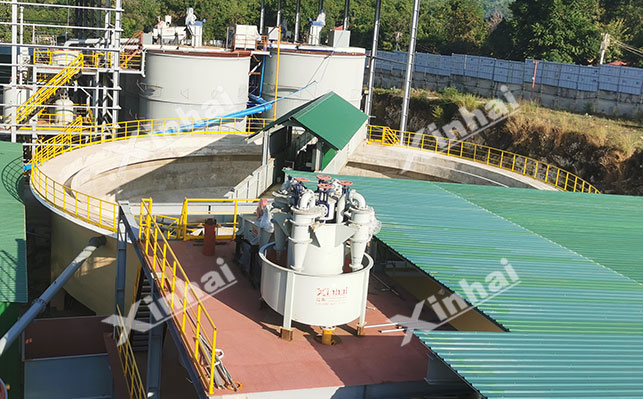
Because gold ore leaching has specific requirements for pulp concentration, and the overflow concentration after grinding and classification is generally between 18% and 22%, it cannot directly meet the leaching conditions, so pre-leaching concentration becomes a necessary step. The commonly used equipment is mainly a high-efficiency concentrator. Through the sedimentation effect of the concentrator, the excess water in the pulp is removed, and the pulp concentration is increased to a suitable range for leaching, generally controlled at about 40%-50%, thereby improving the contact efficiency between cyanide and gold during the leaching process and promoting the dissolution of gold.
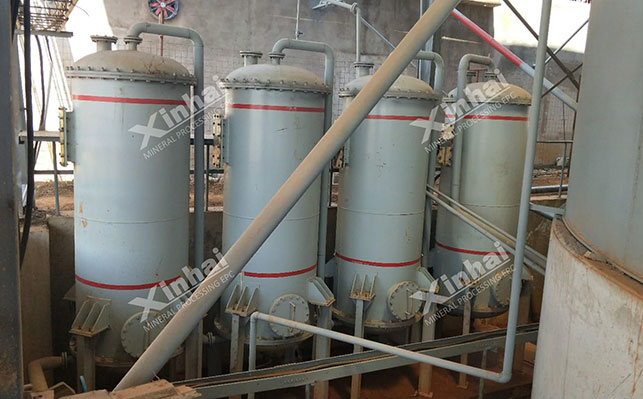
Leaching and adsorption are important links in the CIL process. The purpose is to dissolve gold in the cyanide solution to form a complex and be adsorbed by activated carbon. The main methods used are stirring leaching and carbon adsorption. These two operations are usually carried out simultaneously. The leaching tank usually adopts a 6-10-stage leaching tank configuration in series. Since sodium cyanide has just been added to tank No. 1, the amount of gold leached is relatively small. Most carbon leaching plants use it as a pre-leaching tank, and the subsequent tanks are used as leaching adsorption tanks. Each leaching adsorption tank is equipped with a carbon screen to separate activated carbon and slurry. The slurry flows in the forward direction, and the activated carbon flows in the reverse direction, forming a countercurrent adsorption mode. Fresh activated carbon is added from the tail leaching adsorption tank. As the flow process, it continuously adsorbs gold in the slurry, and finally becomes gold-loaded carbon when it is discharged from the first leaching adsorption tank.
After the adsorption is completed, the slurry containing gold-loaded carbon is transported to the carbon screen through an air lift to separate the activated carbon from the slurry. After screening and washing, the gold-loaded carbon enters the desorption and electrowinning operation. The gold grade of the slurry solution after this adsorption can generally be reduced to 0.01-0.03g/m³. In the selection of activated carbon, coconut shell activated carbon is widely used because of its small pores, high activity, wear resistance and renewability. Compared with other types of activated carbon, coconut shell activated carbon can increase the adsorption rate by 30%, greatly improving the recovery rate of gold in associated metals.
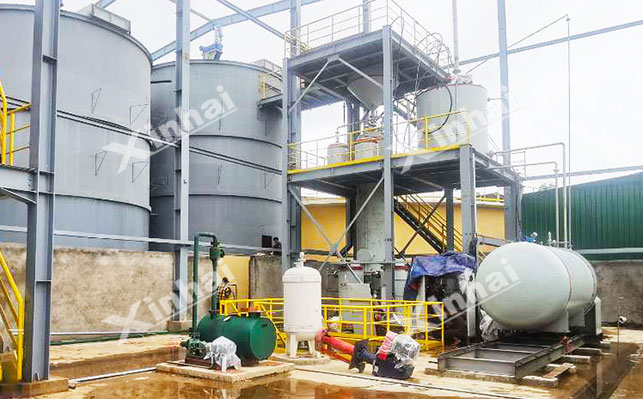
The desorption electrolysis process refers to the desorption and electrolytic process of gold-loaded carbon. After separating the gold-loaded activated carbon from the slurry, it is sent to the desorption electrolysis system under high temperature and high pressure conditions.
The gold-loaded carbon and slurry are transported to the carbon separation screen through a carbon pump or an air lifter, and washed with clean water on the screen to achieve a complete separation of carbon and slurry. The gold-loaded carbon enters the carbon storage tank, and the slurry and washing water return to a first adsorption tank. At present, the desorption of gold-loaded carbon often adopts the high temperature and high pressure desorption method, that is, anions that are easily adsorbed by activated carbon are added to the desorption system to replace Au (CN)₂⁻ and achieve gold desorption. Taking the Xinhai Mining Desorption Electrolysis System as an example, the system only needs sodium hydroxide as the desorption liquid, without sodium cyanide. Under high temperature and high pressure conditions (working temperature 150℃, pressure up to 0.5Mpa), the gold-loaded carbon is desorbed and electrolyzed. It only takes 6-12 hours to desorb about 95% of the gold. The entire desorption process achieves cyanide-free, high-efficiency, low-consumption, and rapid desorption. The precious liquid obtained by desorbing the gold-loaded carbon is recovered by ionization. Under the action of direct current, the gold ions obtain electrons at the cathode and are reduced to metallic gold, which gradually deposits on the cathode surface to form gold mud.
After pickling and impurity removal, the obtained gold mud can be directly smelted to obtain gold ingots. Most of them adopt hydrometallurgical processes. By accurately controlling the smelting temperature and time and adding suitable fluxes, such as borax, sodium carbonate, etc., the melting point of gold can be effectively reduced and the smelting efficiency can be improved. After this process, the purity of the gold ingot can reach more than 99.99%, meeting the market demand for high-purity gold products.
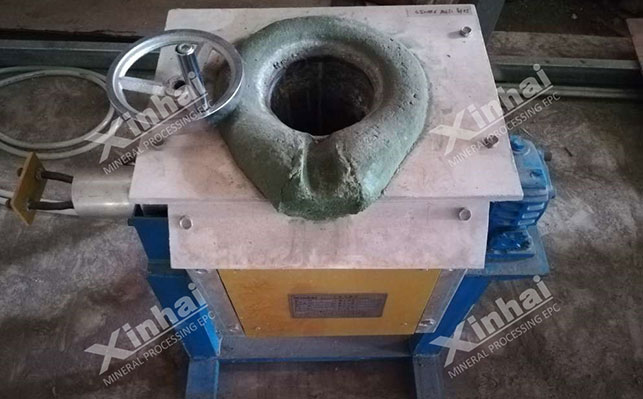
After adsorption and desorption, the adsorption performance of activated carbon will decrease, so it needs to be regenerated to restore good adsorption performance. Generally speaking, the activated carbon after desorption is first washed with acid to remove carbonates and other aggregates. After being returned for use many times, it needs to be thermally activated. The activated carbon is sent to the activated carbon regeneration kiln and activated under high temperature to restore the adsorption activity of the carbon. After that, the activated carbon is cooled in a water quenching tank, and then fine particles are removed by a fine carbon separation screen, and it can be recycled. Through a perfect carbon regeneration process, the cost of using activated carbon can be reduced and resource utilization can be improved.
The adsorption performance of activated carbon after desorption decreases and needs to be regenerated. First, it is washed with acid to remove carbonates and other aggregates. After being returned for use many times, it is sent to the activated carbon regeneration kiln for thermal activation to restore the adsorption activity of the carbon. After that, it is cooled in a water quenching tank, and fine particles are removed by a fine carbon separation screen, and it can be recycled, reducing the cost of using activated carbon and improving resource utilization.
The above is an introduction to the process flow of CIL gold extraction. In actual ore dressing plants, there are many methods for gold extraction. The specific selection depends on the properties of the gold ore. Ore dressing tests should be carried out first, and suitable gold extraction technology should be designed through test analysis. At the same time, a suitable set of equipment solutions should be given to obtain an ideal return on investment.